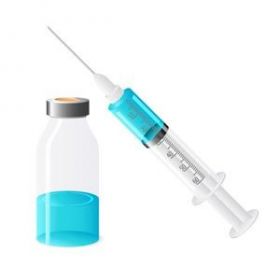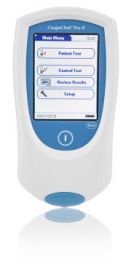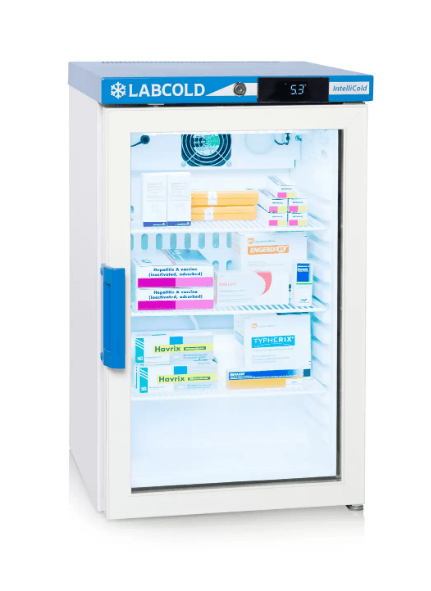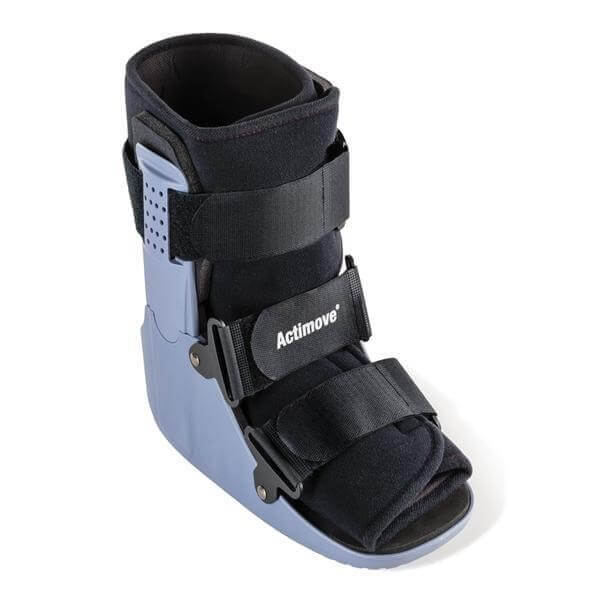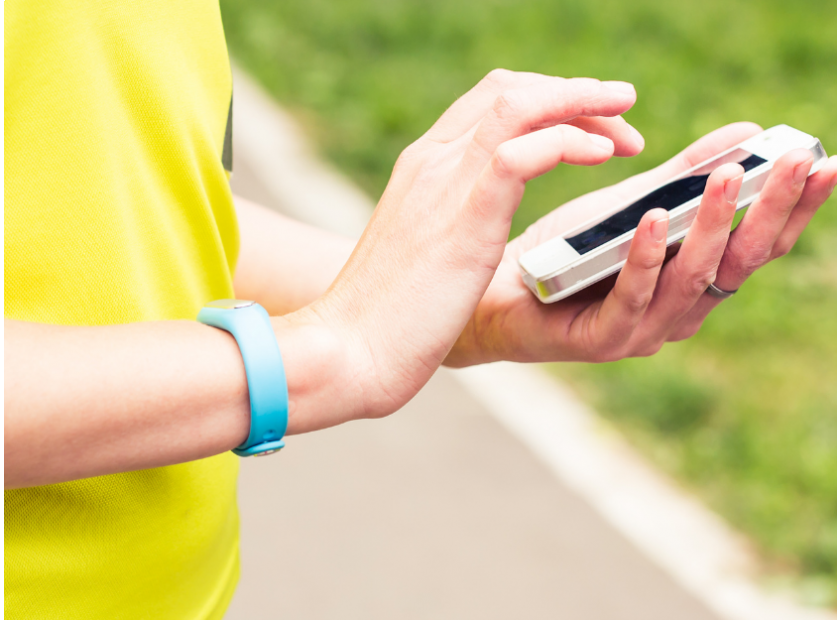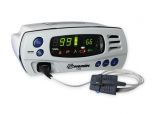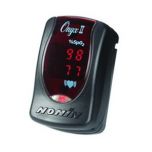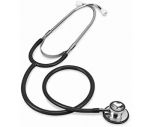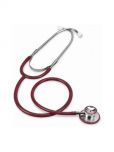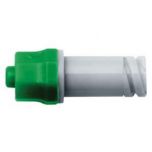The Impact of Wearable Medical Devices on Patient Outcomes
In the United Kingdom, the healthcare landscape is rapidly evolving, with cutting-edge technologies transforming the way patients and healthcare professionals manage health conditions. Wearable medical devices are at the forefront of this healthcare revolution. They empower individuals to play a more active role in their well-being while providing healthcare providers with essential real-time data. In this blog, we will delve into the various aspects of wearable medical devices and how they are changing the face of healthcare in the UK, ultimately improving patient outcomes.
1. Monitoring Chronic Conditions
Wearable medical devices, supplied by medical equipment suppliers like "Medical Supplies UK," are invaluable tools for monitoring chronic conditions. Patients in the UK can access these devices to track health metrics such as blood pressure, glucose levels, and heart rate, often including renowned brands like Littmann stethoscopes. These wearable gadgets offer non-invasive and real-time data, allowing patients to take more control over their health management. The accessibility of these medical supplies in the UK enables patients to make informed decisions about their lifestyle, medication, and treatment plans, ultimately leading to improved disease management and control.
2. Early Detection and Prevention
Wearable medical devices, including pulse oximeters available in the UK, play a vital role in early detection and prevention. Devices with heart rate monitoring capabilities can detect irregular heart rhythms, which may be a precursor to conditions such as atrial fibrillation. Early detection in the UK healthcare system allows patients to seek medical attention promptly, thereby preventing potentially life-threatening complications.
3. Medication Adherence
Adherence to medication regimens is a common challenge in the UK's healthcare landscape. Wearable medical devices can make a substantial difference in improving medication adherence. These devices can send reminders and track medication intake, ensuring that patients follow their prescribed regimens. Some devices even monitor the effects of the medication, providing valuable feedback to both patients and healthcare providers. Improved medication adherence can result in better control of chronic conditions and, consequently, improved patient outcomes.
4. Remote Patient Monitoring
The importance of remote patient monitoring became evident during the COVID-19 pandemic. Wearable medical devices, such as pulse oximeters and medical trolleys for remote consultations, enable healthcare providers in the UK to remotely monitor patients. This reduces the need for in-person visits, particularly beneficial for patients with chronic conditions. It ensures more frequent check-ins and timely adjustments to treatment plans while minimizing the burden on healthcare facilities and optimizing resource allocation.
5. Lifestyle and Wellness Tracking
Wearable devices, often provided by UK medical equipment suppliers, extend beyond monitoring medical conditions to track lifestyle and wellness data. This includes sleep patterns, physical activity, nutrition, and stress levels. Understanding these factors is crucial for overall health and well-being. Patients in the UK can utilize this data to make informed lifestyle changes and healthcare decisions, leading to better long-term health outcomes.
6. Personalized Healthcare
The data collected from wearable medical devices can significantly contribute to personalized healthcare. In the UK, healthcare providers can harness this data to create tailored treatment plans and recommendations. Personalized healthcare results in more effective treatments, better patient outcomes, and higher patient satisfaction.
7. Research and Data Analytics
Wearable medical devices are not only transforming individual patient care but also driving medical research and data analytics in the UK. Researchers can gather anonymized, real-world data from large patient groups to study the effectiveness of treatments and interventions. This leads to the development of more evidence-based healthcare practices and therapies.
Conclusion
Wearable medical devices are paving the way for a patient-centered healthcare approach in the United Kingdom. Patients have greater control over their health, while healthcare providers benefit from real-time data to make informed decisions. This impact is undeniable, with improvements in disease management, early detection, and overall well-being. As technology advances and healthcare systems adapt, the future looks promising for the continued positive impact of wearable medical devices on patient outcomes in the UK. With accessible medical supplies and equipment from trusted suppliers, the UK's healthcare system is on a path to provide better care and better lives for its citizens.



